- Case-Based Roundtable
- General Dermatology
- Eczema
- Chronic Hand Eczema
- Alopecia
- Aesthetics
- Vitiligo
- COVID-19
- Actinic Keratosis
- Precision Medicine and Biologics
- Rare Disease
- Wound Care
- Rosacea
- Psoriasis
- Psoriatic Arthritis
- Atopic Dermatitis
- Melasma
- NP and PA
- Skin Cancer
- Hidradenitis Suppurativa
- Drug Watch
- Pigmentary Disorders
- Acne
- Pediatric Dermatology
- Practice Management
- Prurigo Nodularis
- Buy-and-Bill
Article
Newer technologies give thread lifting a lift
Author(s):
Thanks to advances in thread technology, one expert says thread lifting has become an effective and safe minimally invasive option for lifting the skin.
Thanks to advances in thread technology, one expert says thread lifting has become an effective and safe minimally invasive option for lifting the skin. (223046 - stock.adobe.com).
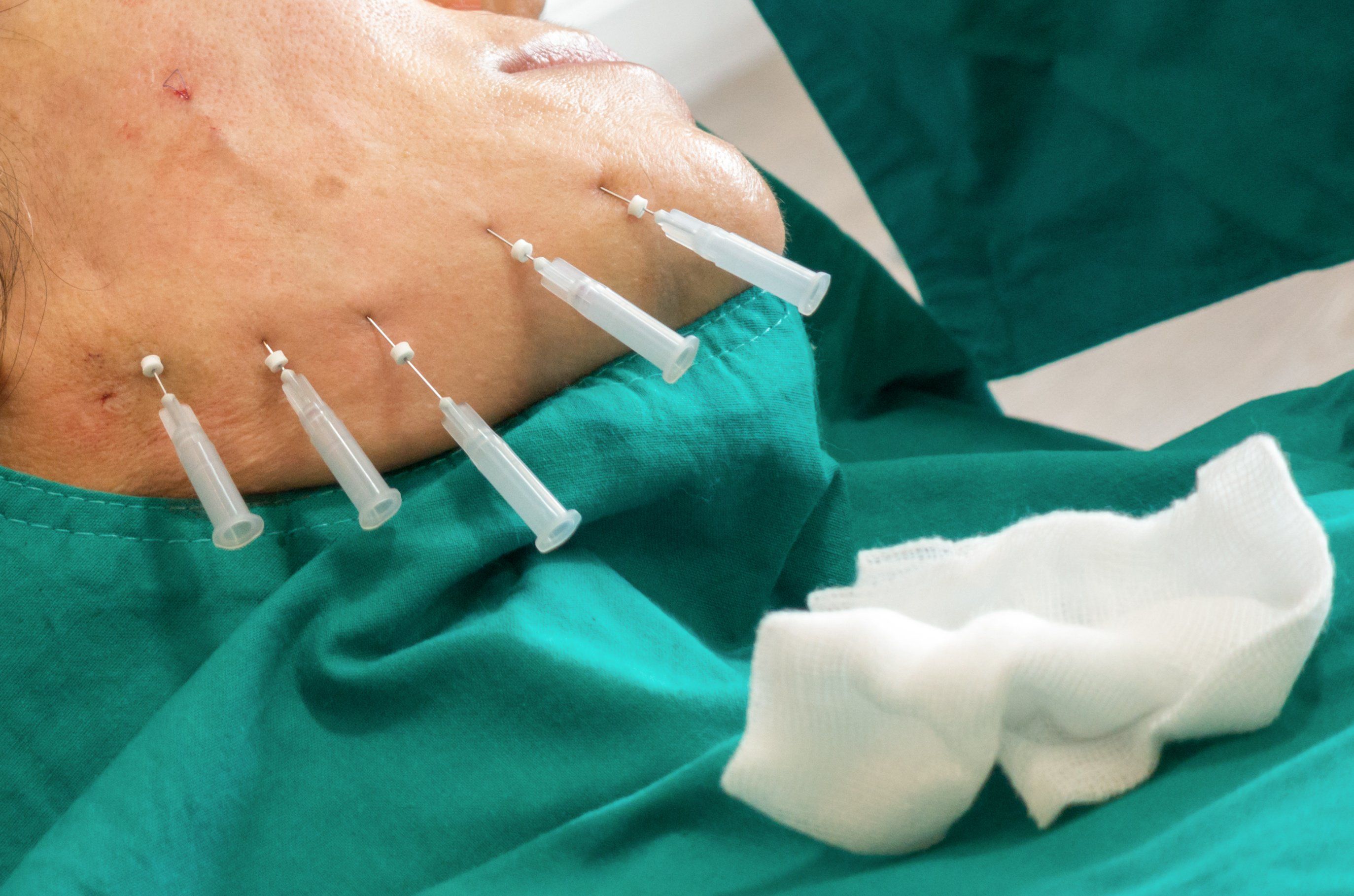
Dr. Gerald Pierone, Jr.
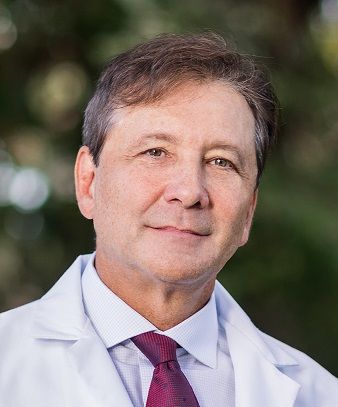
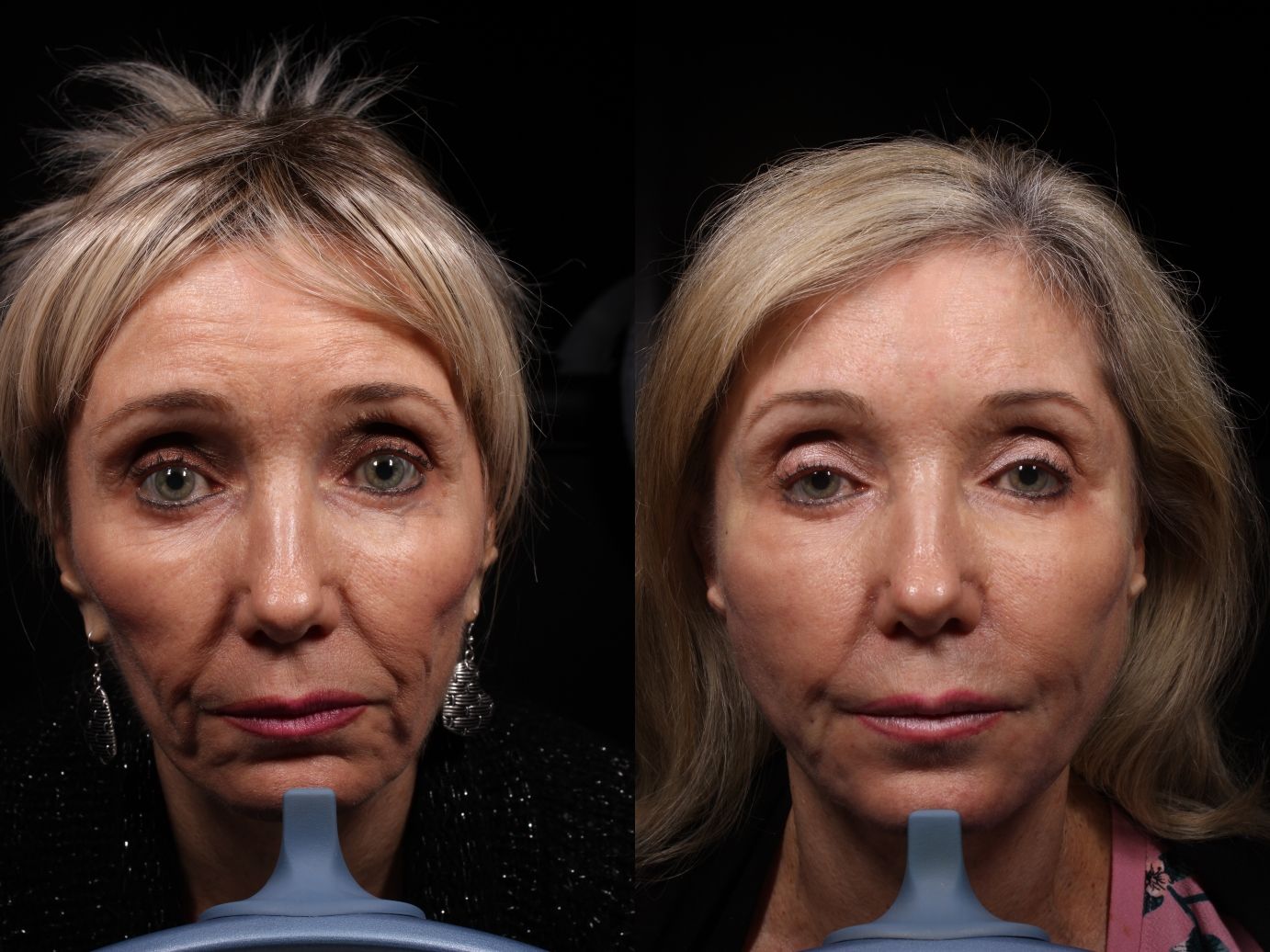
70-year-old female patient was treated on 12 separate visits over a 32-month period. She received a total of 18 syringes of Bellafill, 4 syringes of Juvderm Vollure, 3 syringes of Versa, 12 Mint Fine 18G barbed PDO threads, 1 Clear & Brilliant laser treatment and periodic Dysport or Botox touch-up treatments. All pictures courtesy Gerald Pierone, Jr., M.D.

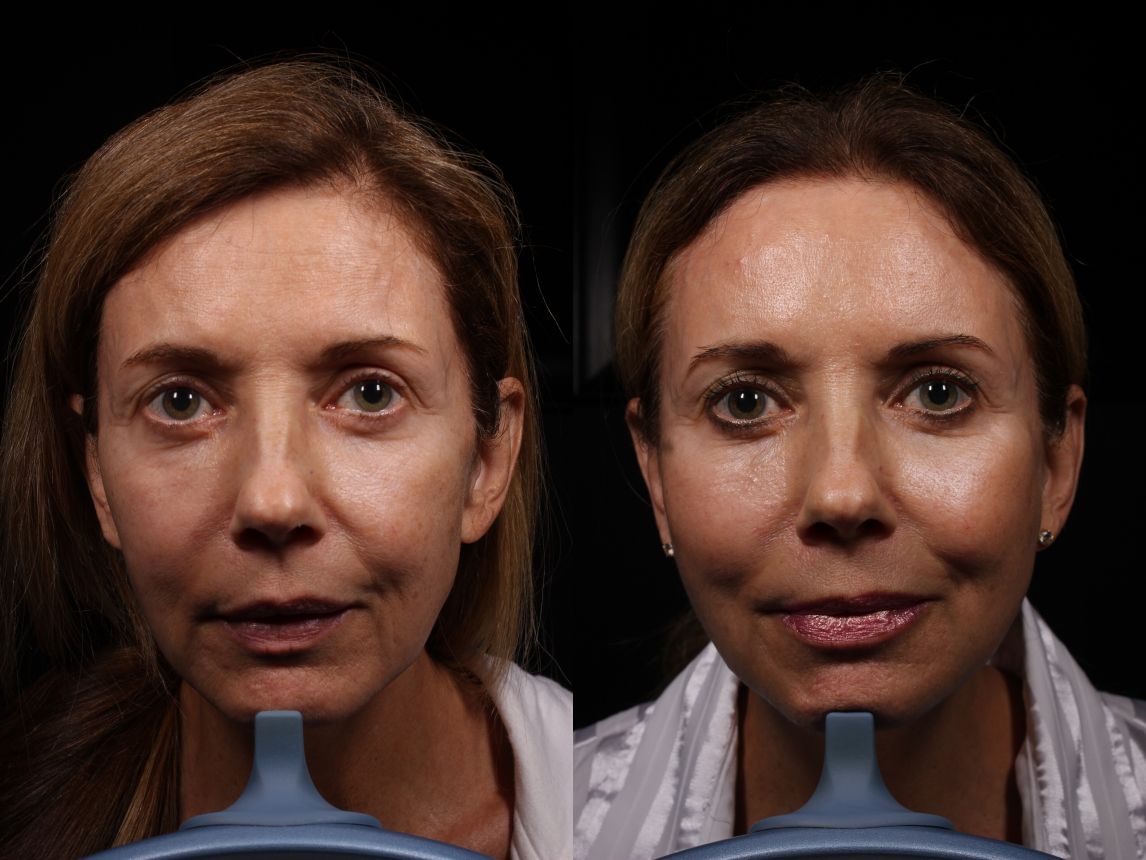
65-year-old female patient was treated on 12 separate visits over approximately 24 months. She received a total of 7 syringes Voluma, 1 syringe Juvederm Ultra, 13 syringes Juvederm Ultra Plus, 1 syringe Restylane Silk, 3 syringes Juvederm Vollure, 2 syringes Versa, 8 Mint Fine barbed PDO threads, 1 Aerolase YAG laser treatment, 1 Clear & Brilliant laser treatment and periodic Botox touch-up treatments.
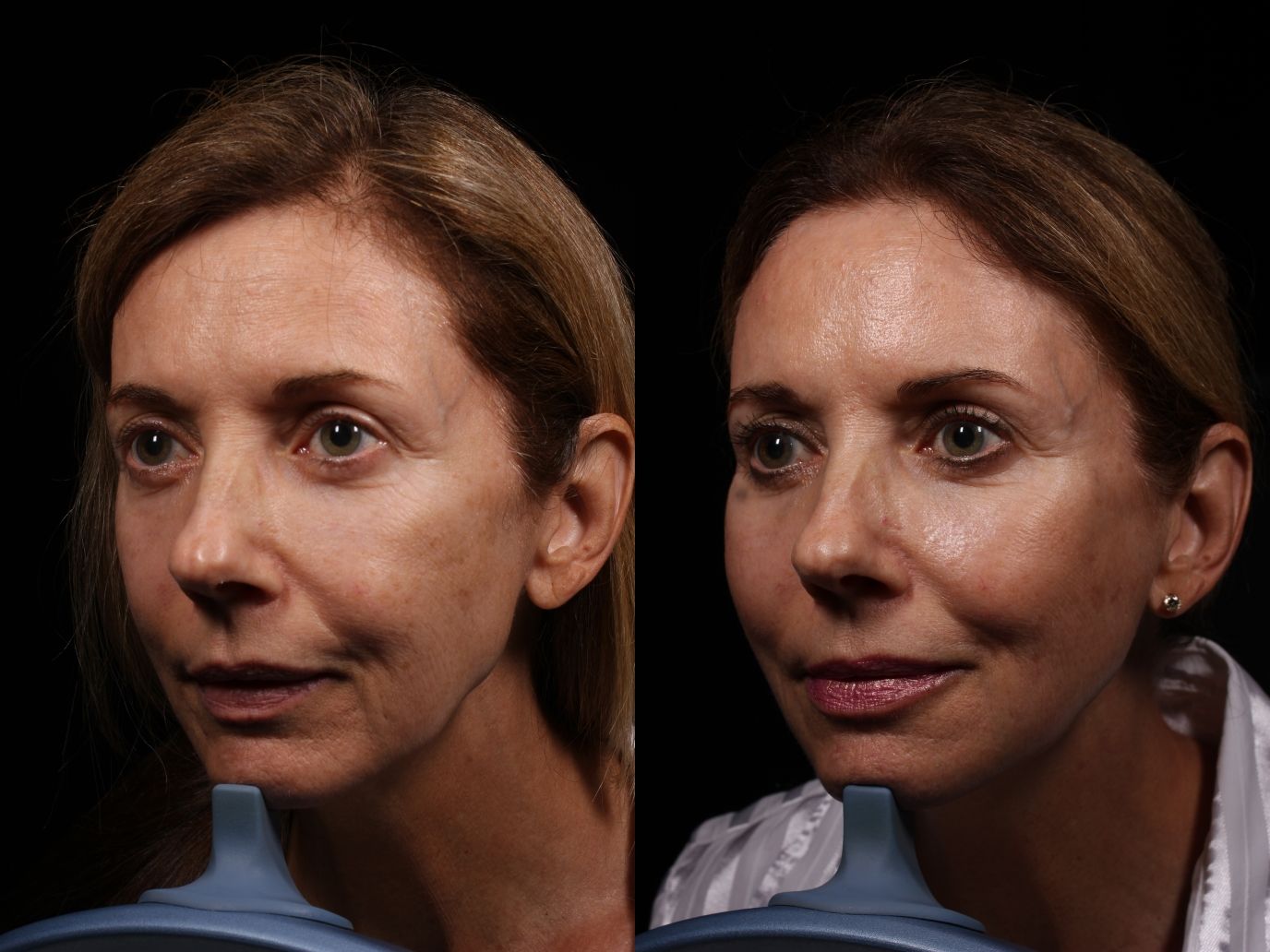
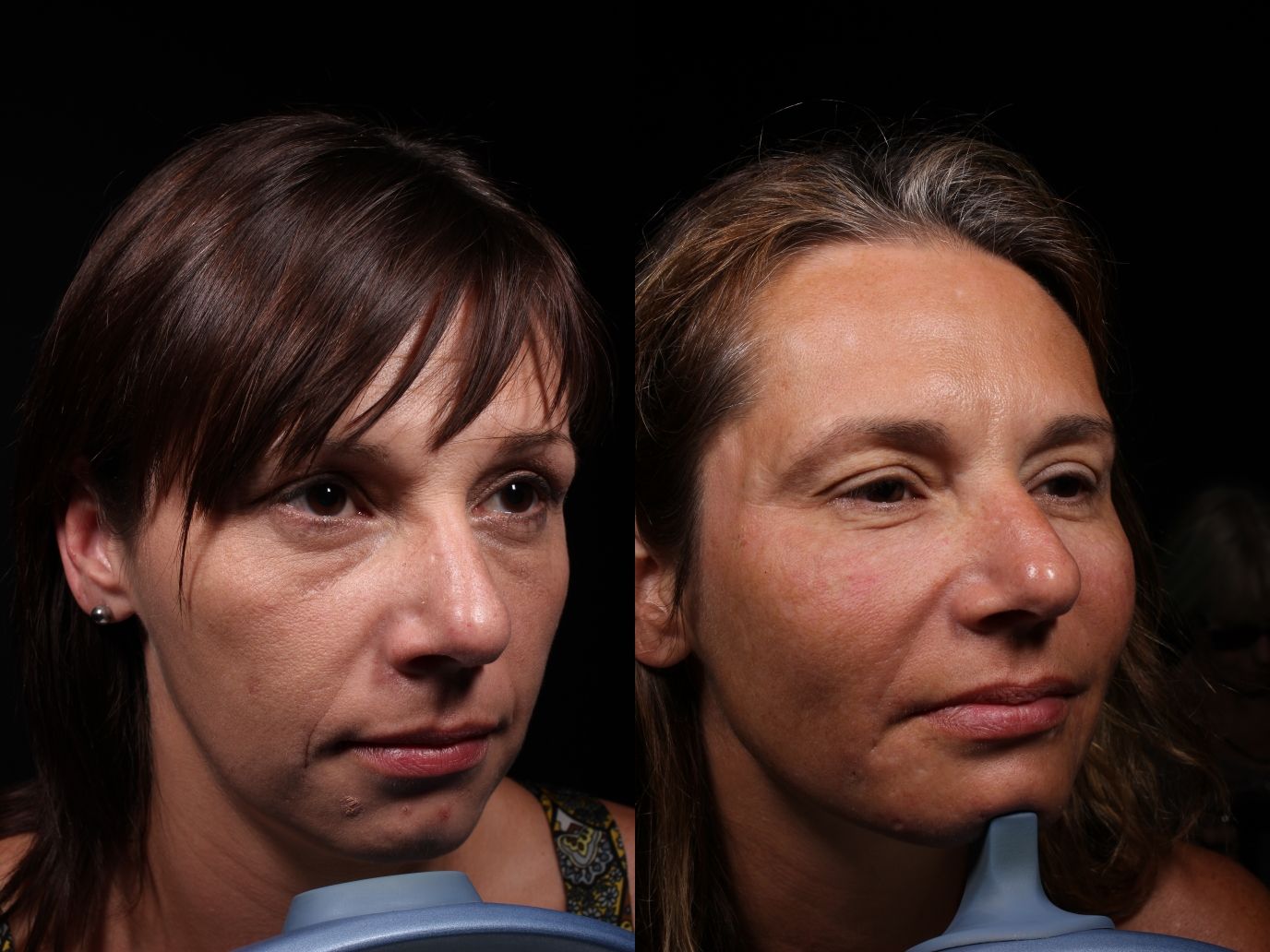
44-Year-old female patient was treated on 12 separate visits over approximately 68 months. She received a total of 5 syringes Juvederm Vollure, 10 syringes Juvederm Ultra Plus, 11 syringes Voluma, 1 syringe Versa, 2 syringes Restylane, 7 syringes Bellafill, 14 Rejuvn8 30G 38 mm PDO threads, Ultherapy, 1 Aerolase YAG laser treatment, 1 Clear & Brilliant laser treatment and periodic Botox/Dysport touch-up treatments.
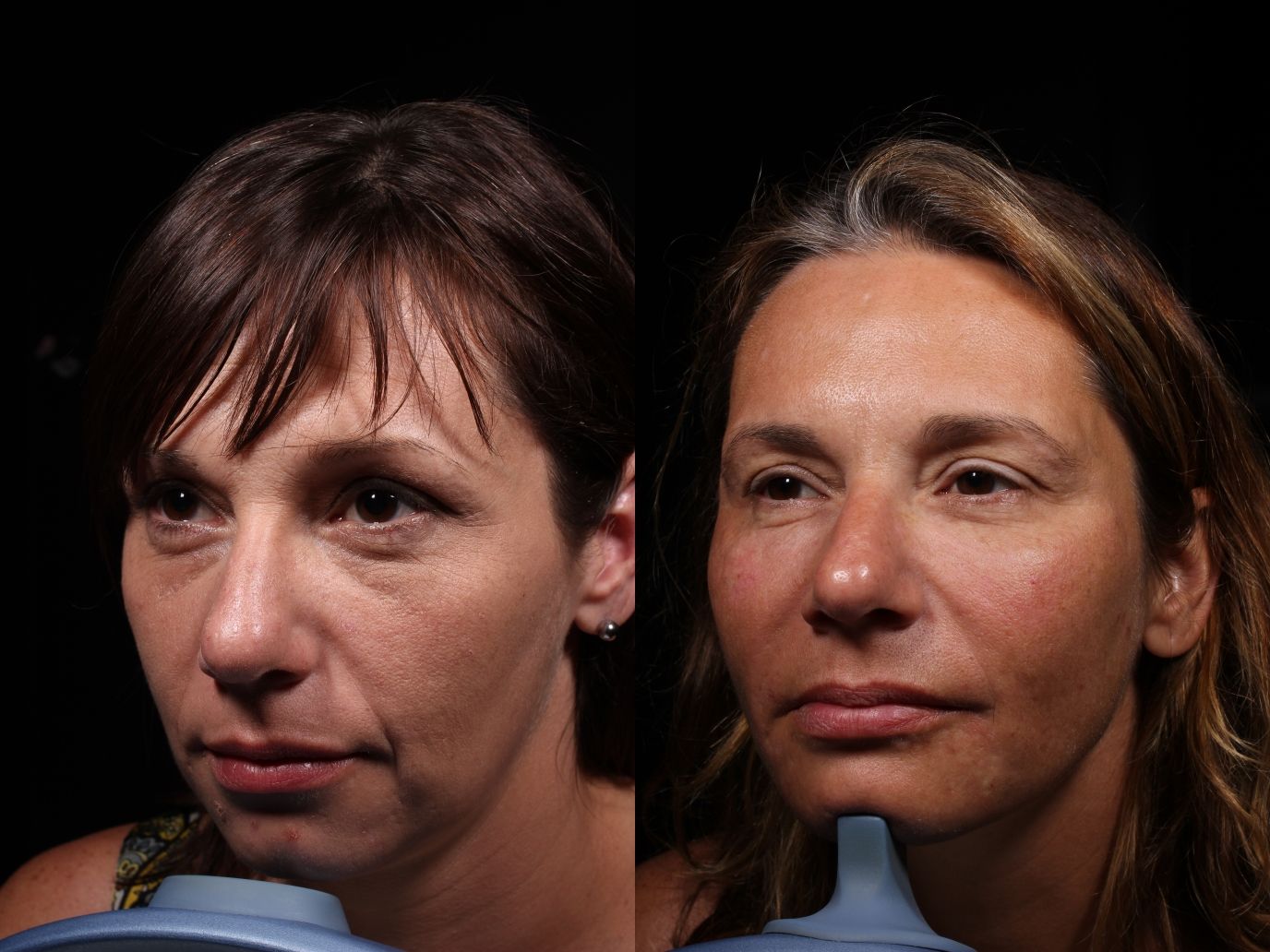
Gerald Pierone, Jr., M.D., has performed more than 30,000 dermal filler procedures, including liquid face lifting. But he says there is a law of diminishing return with using dermal fillers alone to lift the skin.
“At a certain point, you can’t go any further. People start looking ridiculous if you keep putting filler in the zygomatic area to get the jowls lifted up. At a certain point their cheeks enter the room before they do,” says Dr. Pierone, an internist physician who has focused on cosmetic treatments for about 13 years.
Thanks to advances in thread technology, Dr. Pierone says thread lifting has become an effective and safe minimally invasive option for lifting the skin.
“Thread lifting is something you can do both for people that need filler and for people that don’t need filler and don’t want surgery, but just need some slimming, along with upward and backward traction,” he says. “It’s a middle ground between fillers and surgery and represents a dramatic advancement in nonsurgical facial rejuvenation.”
For example, thread lifting with polydioxanone (PDO) sutures can build on liquid facelift techniques. One scenario, Dr. Pierone says, is the patient who comes in with prominent nasolabial folds, a depleted lower face and jowls. He might use fillers for a liquid facelift combined with PDO threads. The threads would be inserted in the upper face superior to zygoma with the thread directed toward the oral commissure and the middle jowl area. The goal is to obtain upper and backward traction beyond what he can achieve with fillers alone. He trademarked such a procedure: The Symmetry Lyft combines fillers and threads for full minimally invasive facial rejuvenation.
Thread Options
Threads in the U.S. tend to be made of PDO, which is the polymer that absorbable sutures are made of, or poly-L-lactic acid (PLLA), the same polymer in Sculptra (Galderma).
Dr. Pierone recommends barbed PDO threads for most lifting procedures. After trying several brands, he uses the Mint brand (HansBiomed). Dr. Pierone says Mint’s thread technology has uni-directional barbs and offers quality and affordability. Mint threads cost about $35 a thread, compared to other brands that charge up to $150 a thread, according to Dr. Pierone, who has presented on Mint threads in Korea and was reimbursed for his lecture and travel.
“When you insert the Mint threads in the upper face and thread them down to the lower face and pull back, you get 1 cm or 2 cm of upward, backward traction,” he says.
While Dr. Pierone says he hasn’t often used PLLA threads, he thinks those newer technologies work as well as newer PDO threads to lift skin and stimulate collagen production.
A popular PLLA thread lift option in the U.S., Silhouette InstaLift (Sinclair Pharma) threads are 82% PLLA and 18% glycolide polymer (PLGA) with bidirectional cones. Researchers, who have consulting and other ties to Sinclair Pharma, report in a paper published July 2018 in the Journal of Drugs in Dermatology that the PLLA/PLGA suture and cone composition stimulates fibroblasts resulting in type 1 collagen synthesis.
“In addition to the ability to reposition soft tissue along a two-dimensional axis, the InstaLift suture provides three-dimensional correction due to its bio-stimulatory nature,” the authors write.
Absorbable suspension sutures are an adaptable, noninvasive option for lifting and repositioning descended facial tissues, but results depend on proper technique, they write.
The paper’s authors, who had used InstaLift sutures in more than 500 patients when they wrote the paper, recommend using the straight-line vector planning (SLVP) approach, which involves placing the sutures in the subcutaneous layer as straight lines. The authors reported no serious adverse events and noticeable bruising in less than 5% of their patients using SLVP.
Threads Gone Wrong
Dr. Pierone says when the technology first came out, he got really proficient in removing threads gone wrong. They weren’t robust; there were complications.
“You would put them in and get a little bit of a lift; then that person would cough or sneeze and the thread would dislodge. You’d have to go in and retrieve it and pull it out,” he says. “If you had a complication you would have to do a lot of hand holding and do filler to smooth it in. It was not that uncommon. And now with this latest generation, I rarely have a thread lift that goes wrong where I have to bring people in and deal with complications.”
Dr. Pierone attributes better thread lifting outcomes in his hands, in part, to using barbed threads that can be molded. Beware the barbed threads require making cuts into the thread to produce the barb.
“The problem with that is that by making that cut you decrease the tensile strength of the actual thread in order to produce a barb,” he says. “When you mold a barb onto the thread you get the barb, so you get the lifting, but you don’t weaken the tensile strength and the lifting force of the thread. The other advance is that with a lot of the initial threads they would cut them at 90 degrees and 180 degrees on either side. Now with these molded threads it’s almost like a double helix and the barbs are circled around the central body of the threads so they lift in multiple vectors, not just a north-south vector.”
Threads for Body Lifting
Threads can help lift crepey skin almost anywhere on the body, according to Dr. Pierone.
For example, Dr. Pierone might treat crepey skin on the upper arms with energy-based technologies, such as radiofrequency devices, or use smooth (not barbed) threads to restore subcutaneous collagen, improve skin thickness and soften wrinkles.
Dr. Pierone says he might treat a patient with about 25 small threads on each upper arm, in a series of three or four treatments about two months apart. The threads help to build up subcutaneous collagen enough so that a woman of normal weight with some skin laxity and wrinkles would no longer be embarrassed to wear a short-sleeved shirt, he says.
“These are the smooth threads that literally look like a little thread you would use to sew a button on. They are much less expensive than barbed threads,” Dr. Pierone says. “There really is nothing, in my opinion, that matches smooth thread ability to restore subcutaneous collagen and improve the appearance of crepiness on the thighs, arms, abdomen and buttock area.
Dr. Pierone uses threads to smooth areas of contour irregularity from liposuction or cellulite. He recently began using threads for breast lifting and says he has seen significant breast elevation result without a surgical breast lift.
And he thinks thread technology will continue to improve.
“Like anything in this field, there’s a learning curve. In the first dozen or two dozen threads, clinicians are going to have a higher rate of complications, but it’s not a steep learning curve, especially for clinicians who have done a lot of fillers and have good hands and a good sense about what they’re doing,” Dr. Pierone says.
Newsletter
Like what you’re reading? Subscribe to Dermatology Times for weekly updates on therapies, innovations, and real-world practice tips.





